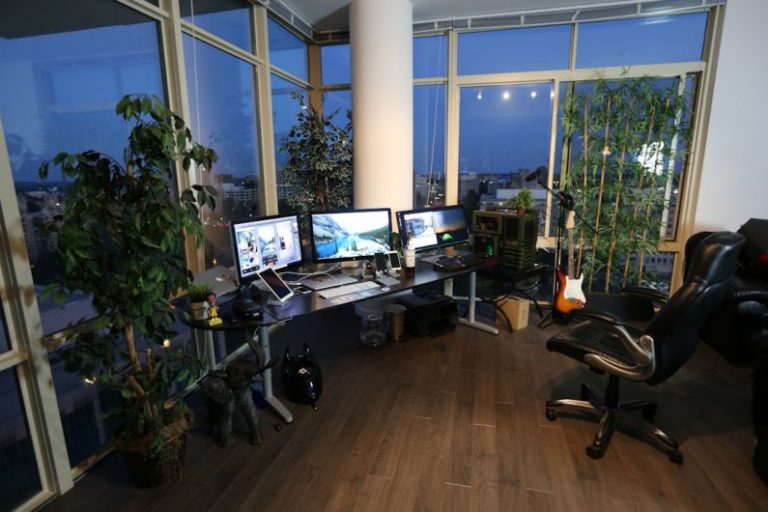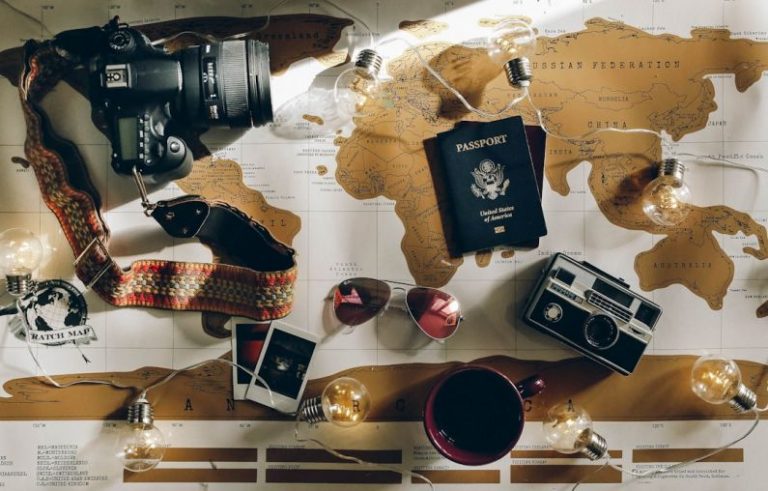
Fashion has always been a reflection of society, and in today’s globalized world, cultural influences play a significant role in shaping contemporary fashion trends. From traditional clothing to societal norms, various cultural elements continually impact the way people dress and express themselves through clothing. In this article, we will explore how cultural influences are shaping contemporary fashion and driving the evolution of the industry.
**The Rise of Globalization in Fashion**
The advent of globalization has brought the world closer together, allowing people to access diverse cultures and traditions like never before. This interconnectedness has led to a fusion of different cultural elements in fashion, giving rise to unique and eclectic styles that resonate with individuals across the globe. Designers today draw inspiration from a myriad of cultures, incorporating traditional motifs, fabrics, and techniques into their collections to create a melting pot of influences that define contemporary fashion.
**Cultural Appropriation vs. Appreciation**
As fashion becomes increasingly globalized, the line between cultural appropriation and cultural appreciation has become blurred. While cultural appropriation involves borrowing elements of a culture without proper acknowledgment or respect, cultural appreciation entails celebrating and honoring diverse cultural traditions in a thoughtful and respectful manner. In the fashion industry, it is essential for designers and brands to engage with cultural influences in a way that is authentic and respectful, ensuring that they do not perpetuate stereotypes or exploit marginalized communities.
**Cultural Diversity on the Runway**
In recent years, there has been a growing demand for greater cultural diversity on the runway and in fashion campaigns. Consumers are calling for more representation of different ethnicities, body types, and cultural backgrounds in the industry, pushing fashion brands to embrace inclusivity and celebrate diversity. This shift towards greater representation has led to the emergence of new voices and perspectives in fashion, challenging traditional beauty standards and opening up the industry to a more inclusive and diverse range of influences.
**Sustainability and Cultural Preservation**
As the fashion industry grapples with issues of sustainability and ethical production, there is a renewed focus on preserving traditional craftsmanship and supporting artisans from diverse cultural backgrounds. Many designers are turning to traditional techniques and sustainable materials sourced from local communities, not only as a way to reduce their environmental impact but also to promote cultural preservation and economic empowerment. By incorporating these elements into their collections, designers are not only creating unique and authentic pieces but also contributing to the preservation of cultural heritage.
**The Influence of Social Media**
In the age of social media, cultural influences are disseminated at a rapid pace, shaping fashion trends and driving consumer behavior. Platforms like Instagram and TikTok have become powerful tools for cultural expression, allowing individuals to showcase their personal style and share their cultural heritage with a global audience. Influencers and content creators play a significant role in amplifying cultural influences in fashion, introducing new perspectives and challenging traditional notions of beauty and style.
**Embracing Cultural Hybridity**
Contemporary fashion is characterized by a spirit of cultural hybridity, where different traditions and influences coexist and intersect to create innovative and boundary-pushing designs. This blending of cultures gives rise to a dynamic and ever-evolving fashion landscape, where boundaries are constantly being pushed and redefined. By embracing cultural hybridity, designers are able to create truly unique and authentic pieces that reflect the diverse tapestry of influences shaping the world today.
**Celebrating Cultural Identity**
In conclusion, cultural influences play a pivotal role in shaping contemporary fashion, driving innovation, diversity, and inclusivity in the industry. As fashion continues to evolve, it is essential for designers and brands to celebrate cultural identity, engage with diverse perspectives, and promote authentic representations of different traditions. By embracing cultural influences in a respectful and thoughtful manner, the fashion industry can create a more inclusive and representative space that reflects the rich tapestry of cultures that define our world today.





